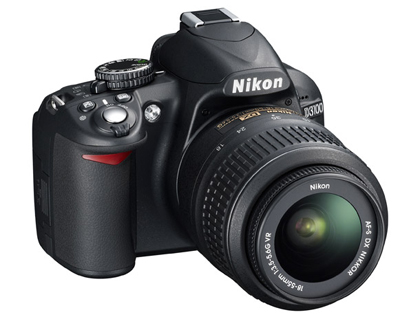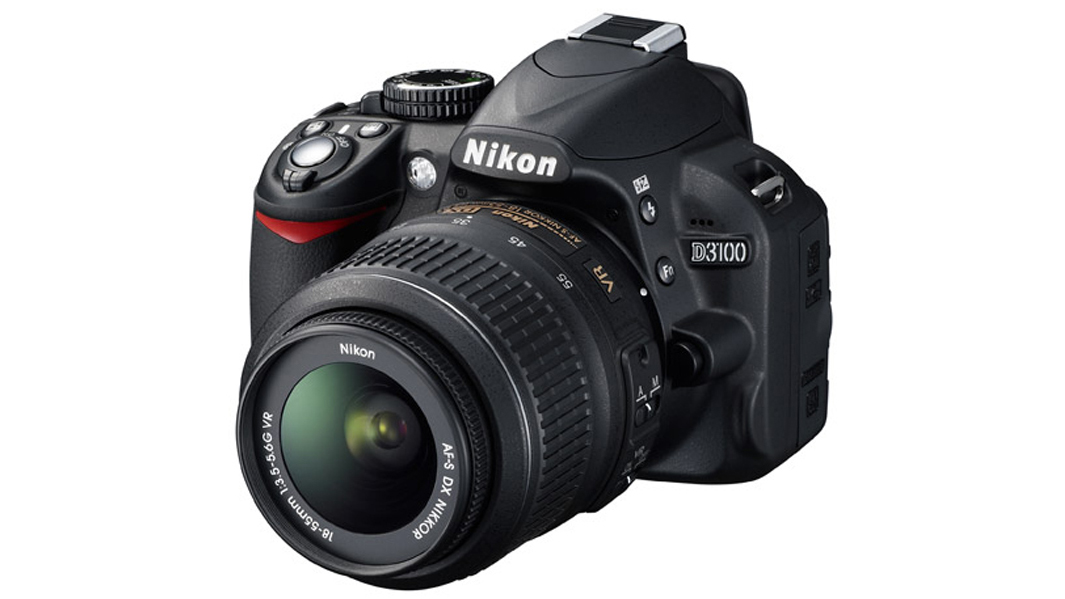Why you can trust TechRadar

Let's cut to the chase and see how the new image sensor, EXPEED 2 image processor and the Nikon D3100's other technical finery, translate into image quality. The short answer is that, in the vast majority of cases, pictures look fabulous straight off the camera, with barely any need for enhancement at the editing stage.
Even in tricky, high-contrast scenes the Nikon 3D Colour Matrix II metering system nails the correct exposure – although, unlike high-end Nikons such as the D300s, it errs on the side of slightly brighter rather than slightly darker pictures.
Good exposure for high-contrast scenes is further aided by Nikon's supreme Active D-Lighting system for reigning in highlights while boosting lowlight detail for increasing dynamic range. In our tests, the results were much more consistent and convincing than with Canon's similar Auto Lighting Optimizer, which is fitted to most of its current range of DSLRs. Apart from when you want to exaggerate contrast for dramatic effect, you can really switch Active D-Lighting on and forget about it.
Another rather fine trait of recent Nikons that's carried forward to the D3100 is its Picture Control options. These tailor imaging parameters to the subject at hand and include options for Standard, Neutral, Vivid, Monochrome, Portrait and Landscape. Colour rendition and contrast are refreshingly natural in Standard mode and really punchy at the Vivid setting, as you'll see from some of our test shots.
One of the drawbacks to increased sensor resolution (even though the Nikon D3100 hardly breaks any boundaries in this respect) is the danger of extra digital image noise, especially at high ISO ratings. In this Nikon D3100 review, the newcomer proved very impressive right up to the highest setting of ISO 3200 in its standard range. Images are still pretty smooth at the Hi 1 setting (ISO 6400) in the extended range, and it's only at H2 (ISO 12800) that images start to look nastily noisy.
By way of comparison, the Nikon D3100 proved rather less noisy than the Canon 550D at high ISO settings, and more in line with the Canon 60D and Nikon D300. One additional point that's worthy of note is that our high ISO test images were actually more noise-free when shooting in JPEG mode than when shooting in RAW and converting images to top-quality JPEGs afterwards using Nikon Capture NX 2.
All the test shots featured were taken with the Nikon 18-55mm VR that's supplied as the kit lens with the camera. The optical quality and effectiveness of the Vibration Reduction system proved extremely good for a budget lens and, what with the Nikon D3100's built-in corrections for distortion and chromatic aberrations, both of which work at the shooting stage, the camera and lens make an ideal pairing.
